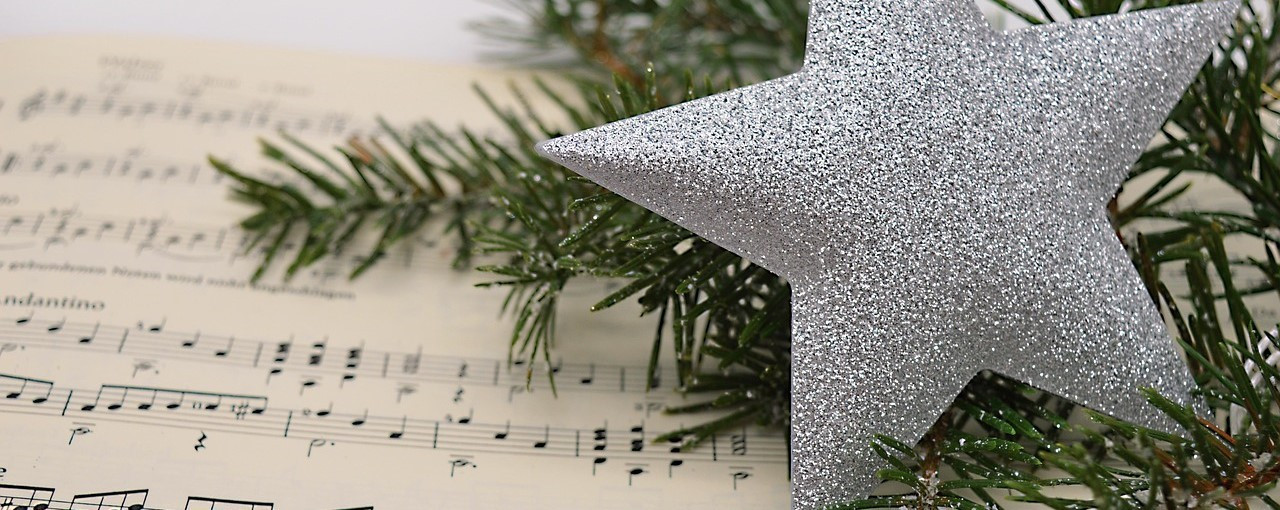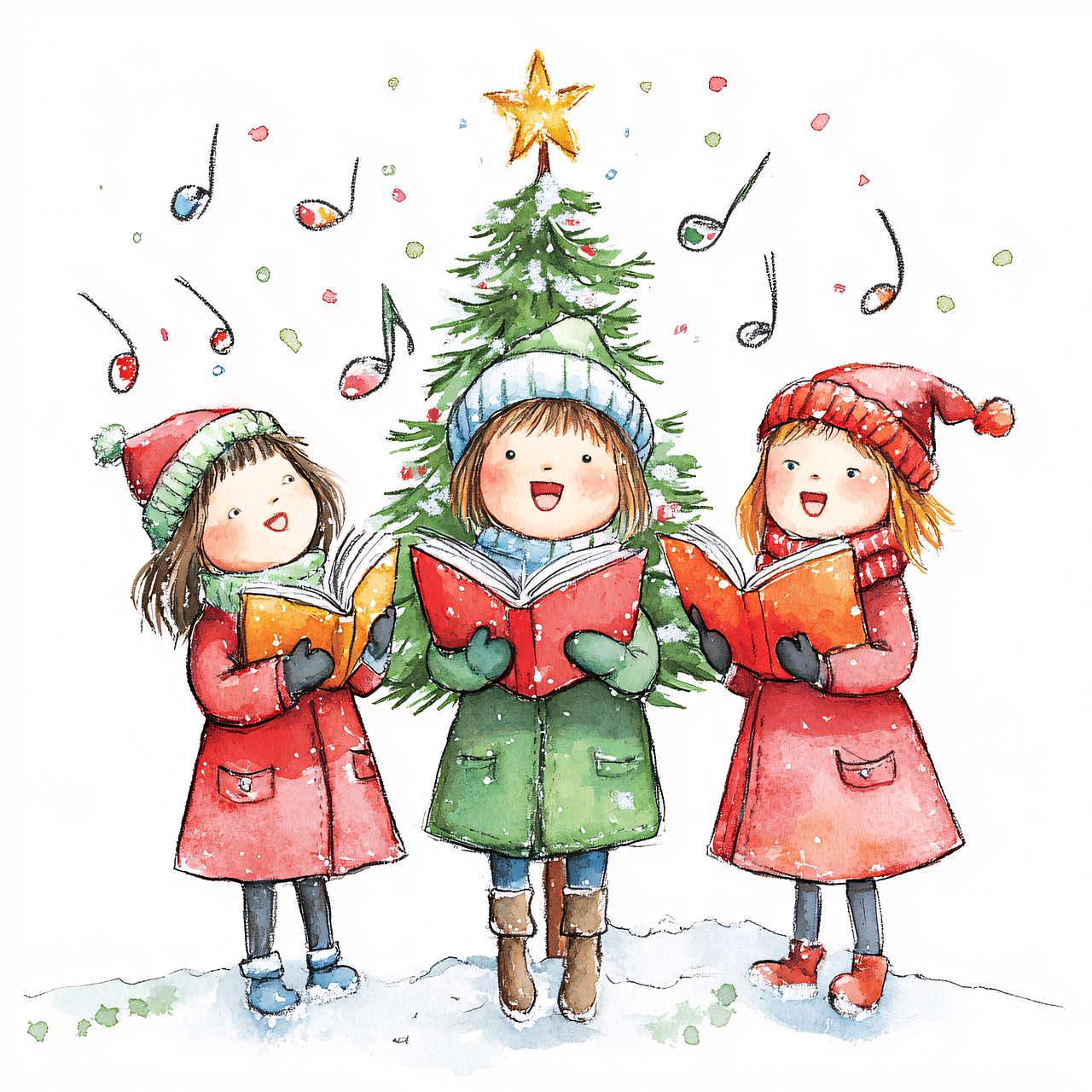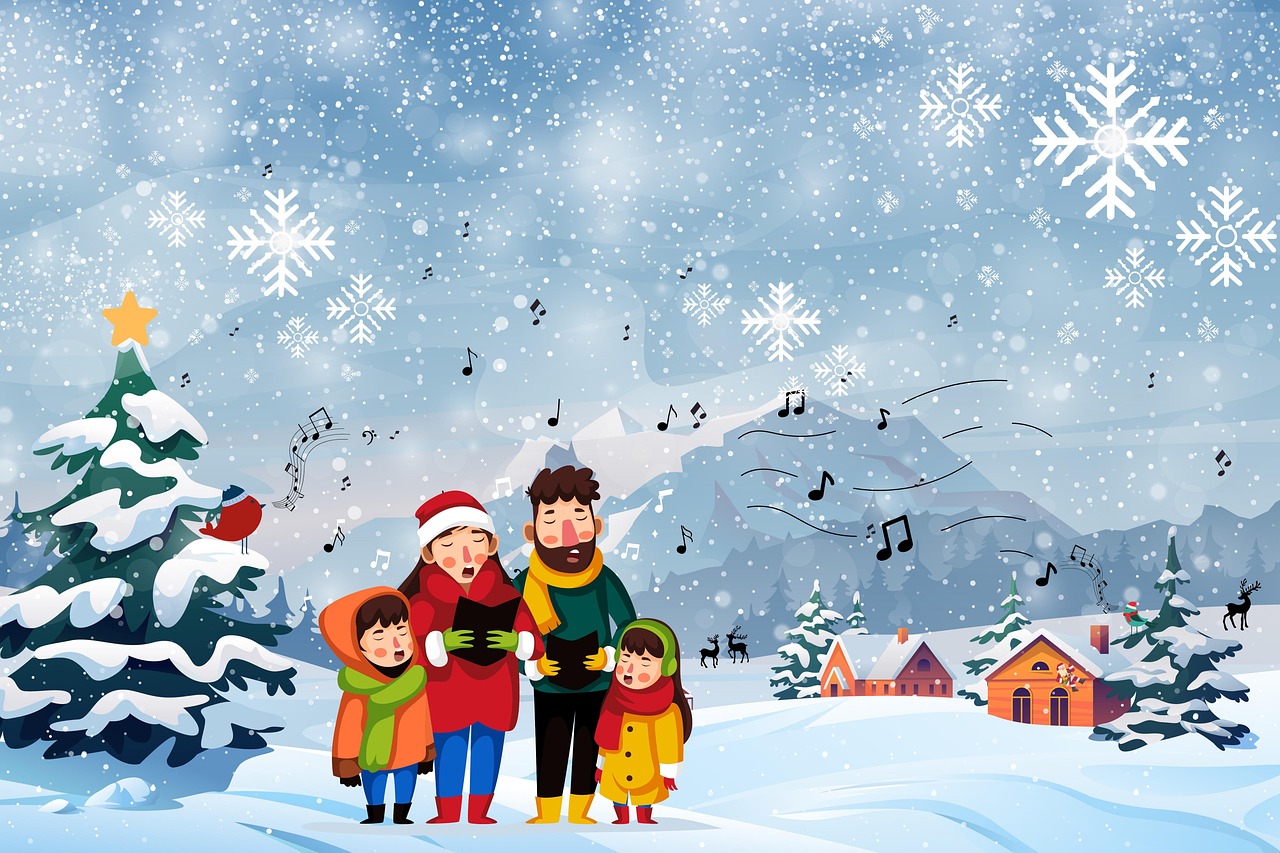
Christmas Carols
Christmas is a time full of joy, family gatherings, and traditions that have endured over the centuries. Among these customs, Christmas carols hold a special place, as they are one of the most representative expressions of the Christmas spirit. These holiday songs have accompanied the celebrations of millions of people worldwide, performed by carol choirs, family groups, and entire communities.
From traditional carols to more modern versions, Christmas music has evolved, adapting to different cultures and generations. Accompanied by instruments such as the tambourine and the zambomba, these songs resonate in streets, churches, and homes, reinforcing the sense of unity and joy that characterizes this season.
In this article, we will explore the origins of Christmas carols, their main characteristics, the most popular ones in different countries, and their influence on contemporary music. We will also analyze their role in Christmas celebrations, from school rehearsals to Christmas concerts and Midnight Mass. Discover the history and meaning of these beloved songs that accompany us every December!
What Are Christmas Carols?
Definition and Main Characteristics of Christmas Carols
Christmas carols are holiday songs that mostly narrate religious episodes related to the birth of Jesus, although there are also popular versions with more festive themes. They are characterized by catchy Christmas melodies and simple lyrics, making them easy to sing in a group.
What Is the Origin of Christmas Carols?
The origin of Christmas carols dates back to the Middle Ages in Spain, where they were initially popular poetic compositions performed at various festivities. Over time, they became associated with Christmas and were integrated into Christian tradition.
Why Are Christmas Carols Sung During Christmas?
The connection between carols and Christmas was solidified during the Renaissance when they began to be performed in churches as part of Midnight Mass and other religious celebrations. Since then, their presence has expanded to streets and homes, becoming an essential Christmas tradition.
Carols and Christmas Bonuses
This Christmas tradition was already common in Ancient Rome to reward subjects, soldiers, or servants. The arrival of Christmas brings caroling, with many children going door to door through neighborhoods, singing in exchange for a tip, known as a Christmas bonus.

What Is the Oldest Christmas Carol in the World?
History of the Oldest Recorded Christmas Carol
The oldest preserved Christmas carol is "Puer natus est nobis," a Gregorian hymn from the 4th century. However, among modern carols, "Riu Riu Chiu" from the 16th century is one of the oldest and most recognized compositions.
The Influence of Early Christmas Carols on Modern Holiday Music
The earliest Christmas carols laid the foundation for today's holiday music, influencing the creation of Christmas albums, carol recordings, and holiday repertoires that remain relevant in churches, schools, and community events.
What Are the Most Popular Christmas Carols?
Most Sung Traditional Carols in Spain
Hacia Belén va una burra
The Christmas carol "Hacia Belén va una burra," of Spanish origin, is a traditional song that cheerfully narrates the journey of a donkey named Tía Pepa to Bethlehem, carrying chocolate and other goods, reflecting Spain’s popular culture and folklore.
Lyrics of the Carol
Hacia Belén va una burra, rin, rin
Yo me remendaba, yo me remendé
Yo me eché un remiendo, yo me lo quité
Cargada de chocolate
Lleva en su chocolatera, rin, rin
Yo me remendaba, yo...
Los peces en el río
"Los peces en el río" is a traditional Spanish and Latin American Christmas carol. Its lyrics highlight the birth of Jesus and the Virgin Mary while the fish in the river joyfully celebrate by drinking water. Although its exact origin is uncertain, it is believed to have Andalusian influences and has been passed down through generations.
Lyrics of the Carol
Pero mira cómo beben los peces en el río
Pero mira cómo beben por ver a Dios nacido
Beben y beben y vuelven a beber
Los peces en el río por ver a Dios nacer
Ay el Chiquirritín
This traditional Spanish Christmas carol is a children's song that expresses tenderness and joy for the birth of Baby Jesus. It is sung in many regions of Spain and is common in Christmas performances.
Lyrics of the Carol
Ay el Chiquirritín, chiquirriquitín
Metidito entre pajas
Ay el Chiquirritín, chiquirriquitín
Queridín, queridito del alma
Campana sobre campana
"Campana sobre campana" is a carol of Andalusian origin that describes the sound of bells announcing the birth of Jesus in Bethlehem. It is one of the most representative Christmas songs in Spain.
Lyrics of the Carol
Campana sobre campana
Y sobre campana una
Asómate a la ventana
Verás al Niño en la cuna
Mi burrito sabanero
"Mi burrito sabanero" is a Christmas carol from Venezuela composed in the 1970s by Hugo Blanco. It has become popular throughout the Spanish-speaking community and is especially beloved by children.
Lyrics of the Carol
Con mi burrito sabanero voy camino de Belén
Si me ven, si me ven, voy camino de Belén
El lucerito mañanero ilumina mi sendero
Si me ven, si me ven, voy camino de Belén
El tamborilero
"El tamborilero" is a Spanish adaptation of "The Little Drummer Boy," an American song from 1941. It tells the story of a poor boy who, having no riches, offers his music to Baby Jesus by playing his drum.
Lyrics of the Carol
El camino que lleva a Belén
Baja hasta el valle que la nieve cubrió
Los pastorcillos quieren ver a su Rey
Le traen regalos en su humilde zurrón
Noche de Paz
"Noche de Paz" is a Christmas carol of Austrian origin, composed in 1818 by Franz Xaver Gruber with lyrics by Joseph Mohr. It has been translated into numerous languages and is one of the most iconic Christmas songs.
Lyrics of the Carol
Noche de paz, noche de amor
Todo duerme en derredor
Entre los astros que esparcen su luz
Bella anunciando al Niño Jesús
La Marimorena
"La Marimorena" is a popular Spanish Christmas carol of uncertain origin, but with deep roots in Spain’s festive and traditional culture. Its lively chorus makes it a favorite in celebrations.
Lyrics of the Carol
Ande, ande, ande, la Marimorena
Ande, ande, ande, que es la Nochebuena
Popular Christmas Carols in Other Parts of the World
Silent Night (Noche de Paz) - Germany/Austria
This carol was composed in 1818 in Austria and has become one of the most performed Christmas songs worldwide.
Lyrics of the Carol
Silent night, holy night
All is calm, all is bright
Round yon Virgin Mother and Child
Holy infant so tender and mild
Jingle Bells - United States
One of the most popular Christmas carols worldwide, composed in 1857. Initially, it was not related to Christmas but to sleigh races.
Lyrics of the Carol
Jingle bells, jingle bells
Jingle all the way
Oh what fun it is to ride
In a one-horse open sleigh
We Wish You a Merry Christmas - United Kingdom
A traditional English carol from the 16th century that expresses wishes for happiness at Christmas and New Year.
Lyrics of the Carol
We wish you a Merry Christmas
We wish you a Merry Christmas
We wish you a Merry Christmas
And a Happy New Year
Feliz Navidad - Puerto Rico
A Christmas song composed by José Feliciano in 1970, famous for its catchy chorus in both Spanish and English.
Lyrics of the Carol
Feliz Navidad, Feliz Navidad
Feliz Navidad, próspero año y felicidad
O Holy Night - France
Composed in 1847, this hymn is known for its powerful melody and religious message about the birth of Jesus.
Lyrics of the Carol
O holy night, the stars are brightly shining
It is the night of our dear Savior’s birth
The First Noel - United Kingdom
An English carol dating back to the 17th century that narrates the story of Jesus’ birth and the adoration of the shepherds.
Lyrics of the Carol
The first Noel the angel did say
Was to certain poor shepherds in fields as they lay
Traditional Spanish Christmas Carols
Analysis of the Lyrics and Meanings of Spanish Christmas Carols
Spanish Christmas carols stand out for their lyrics full of religious symbolism and references to everyday life in ancient times. Many of them reflect the devotion and joy of the people during Christmas.
Regional Differences in the Interpretation and Style of Christmas Carols
Each region of Spain has its own way of performing Christmas carols. In Andalusia, they are accompanied by the zambomba, while in the north of the country, wind instruments are used. Spain's cultural diversity enriches the Christmas carol tradition.
The Evolution of Christmas Carols in Contemporary Music
Modern Versions of Classic Christmas Carols
Over the years, many artists have made modern adaptations of classic Christmas carols, incorporating contemporary musical arrangements and blending them with other genres.
New Christmas Carols That Have Become Classics
Songs like "All I Want for Christmas Is You" by Mariah Carey have become part of the contemporary Christmas repertoire, being considered new Christmas classics.
The Importance of Christmas Carols in Holiday Celebrations
Christmas Carols in Family Gatherings and Community Events
Christmas carols are a fundamental element in family gatherings and Christmas festivals organized in schools, churches, and town squares. These performances reinforce unity and the meaning of Christmas.
Christmas Carols for Children
Children's Christmas carols have simple melodies and lyrics adapted for young audiences. They are an excellent way to introduce children to choral traditions and keep the custom of singing as a family alive.
Christmas carols in churches, Christmas carols in schools, and carol rehearsals are an essential part of holiday festivities worldwide. From their origins to the present day, traditional Christmas carols have continued to convey the message of joy and hope that defines Christmas. May their music continue to illuminate every Christmas Eve and fill the hearts of those who sing them with happiness!

 Cookie preferences
Cookie preferences
